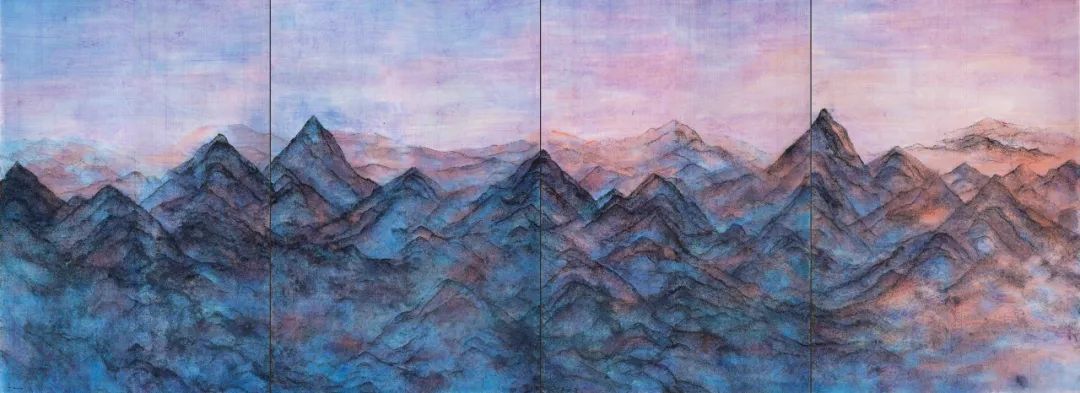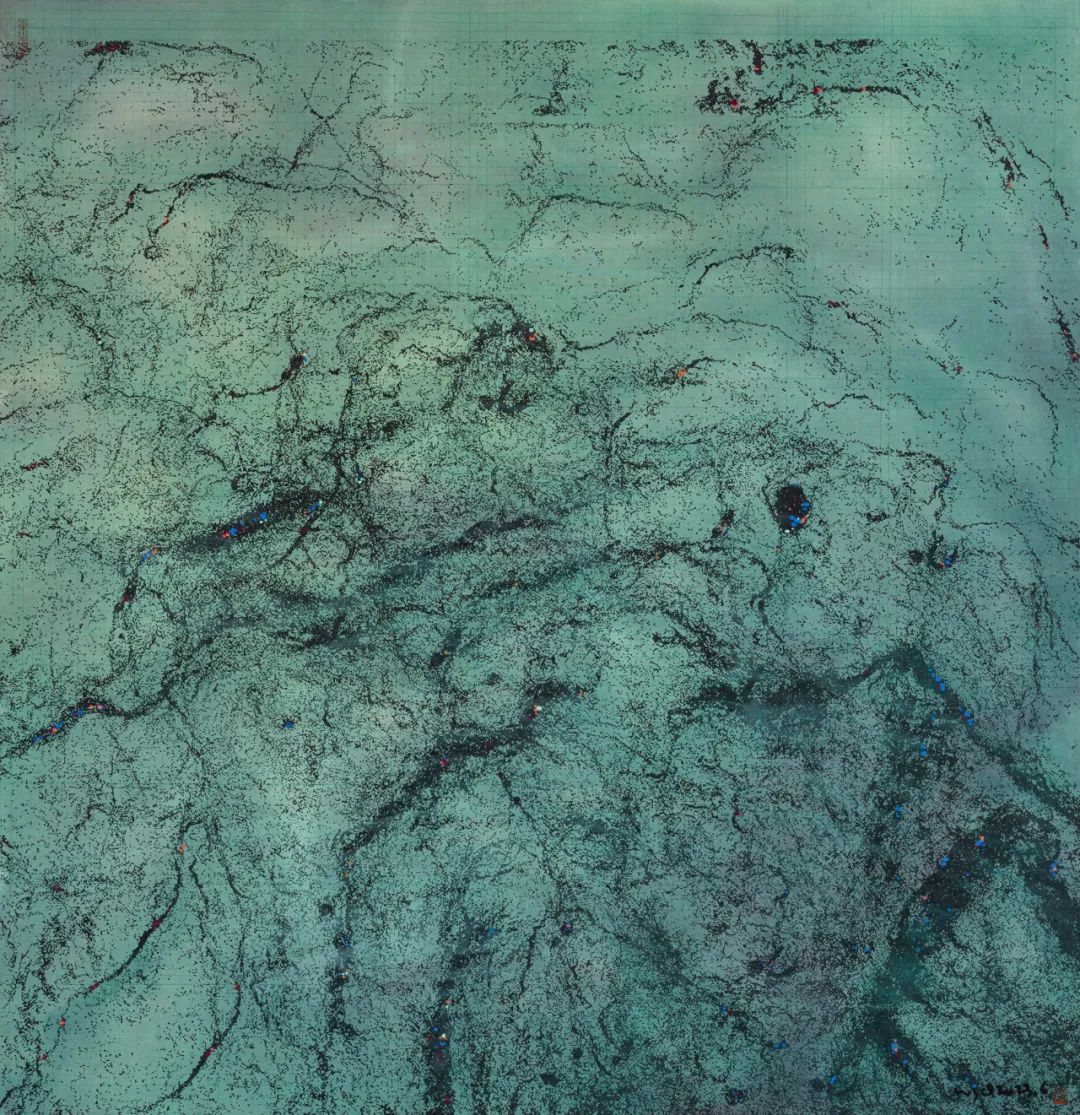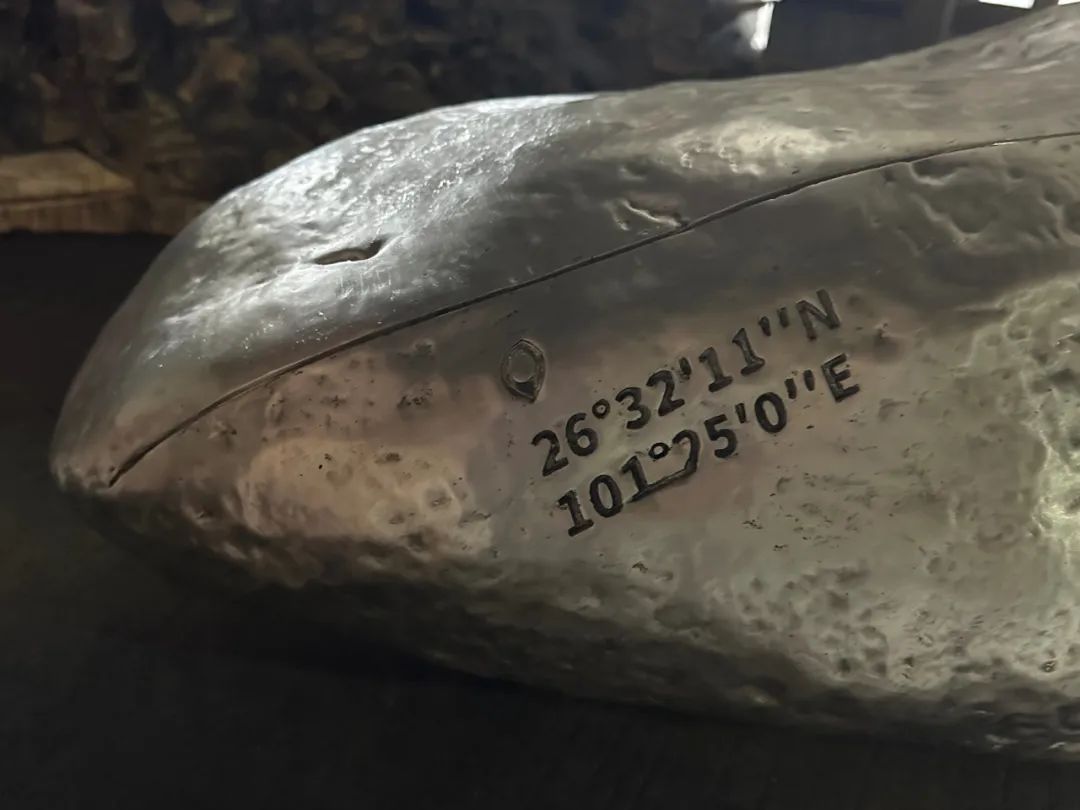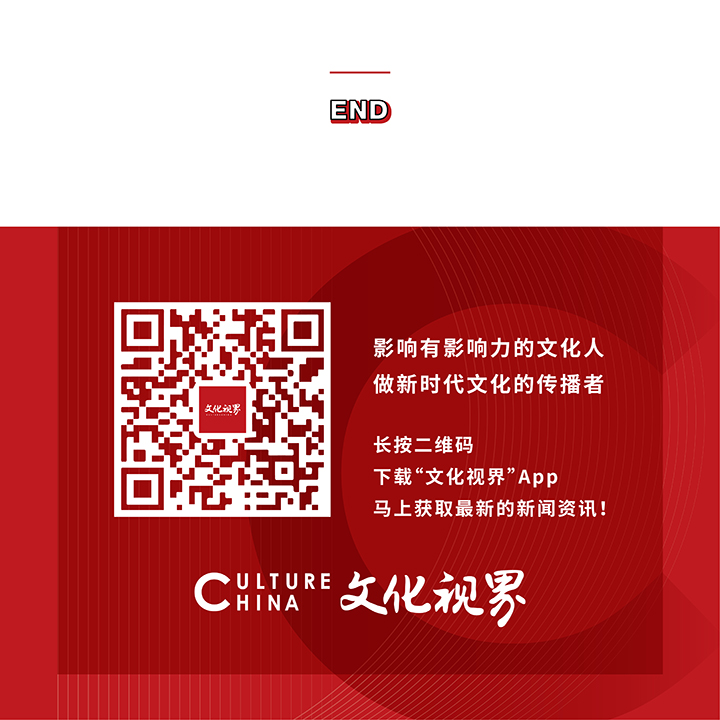


仰观与俯察——王绍强个展
展览日期:2023/07/17-2023/08/31
开幕时间:2023/07/17(周一)15:00-20:00
出品:千高原艺术空间
艺术家:王绍强
策展人:管郁达
策展助理:梁海盈
视觉设计:何明、周海川
作品媒介:绘画、雕塑、影像
展览地点:四川省成都市高新区盛邦街,铁像寺水街南广场,千高原艺术空间
电话:+86-(0)2885126358
邮箱:info@1000plateaus.org
千高原艺术空间荣幸地宣布,艺术家王绍强个展“仰观与俯察”将于2023年7月17日开幕,展览持续至8月31日。
仰观与俯察
——王绍强艺术的观看方法与语言逻辑
王绍强的艺术实验与探索,肇始于上个世纪九十年代以来中国文化艺术界“文化寻根”热潮的余波。当时的中国当代水墨艺术发展,既要回应自“五四”新文化运动以来文化民族主义的身份诉求;又要面对当代艺术普世化与全球化的所谓“当代性”压迫,进退维谷,处境异常尴尬。标榜传统笔墨的新文人画与急于进入当代的抽象水墨,可以被视为当时艺术思潮和创作的两个典型案例。基于对中国文化传统的热爱和信心,王绍强独具慧眼,逆流而动,观有品无,以一种打通中西古今艺术的胸怀和观今见古的文化立场,借鉴西方现代科学精神的利器,对中国水墨艺术、特别宋以后的文人画传统进行了系统的研究和反思,并在水墨艺术与地理学、地质学、人类学、考古学等学科的跨界互动和交融中,以当代艺术的视野从媒材、物理和制作性等维度,对传统进行了富于创造力和想象力的重构,发展出一套独特的视觉语言逻辑和艺术观看的工作方法。在王绍强的探索中,水墨文化传统的延续和激变在当下现实中构成了富有张力的两极。艺术家对世界的“观看”,也通过“仰观”与“俯察”的宇宙漫游,由神话进入历史,从仙境落入人间。

▲王绍强,游目骋怀,纸本水墨,348×960cm,2023
Wang Shaoqiang, Gaze Files and Heart Expands, Ink on Paper, 348 × 960 cm, 2023
王绍强的艺术,把“俯仰”观看模式及其所产生的人生体验理想化为人生之至乐境界,也是其艺术心灵的物性表现。也就是说,王绍强艺术的“俯仰”观看模式、方法与语言逻辑所开创的日常生活方式,本身就就是一种艺术的物性表现。这是由“俯仰”模式所创造或形塑出来的自由心灵的挥洒方式,其作品不过是这种“俯仰”方法、模式的象征形式与物性符号,心手相应,无法而有法,天马行空,心与物游而不滞于物,这是心灵自由的表现,也是宇宙万物的法则与秩序。以心观物,以身观心,王绍强的艺术正在慢慢的通过或接近这样的自然法则和宇宙秩序。(文/管郁达 策展人 2023年7月1日)

▲王绍强,蓝峰II,纸本水墨,125×123cm,2023
Wang Shaoqiang, Blue Peak II, Ink on Paper, 125 × 123 cm, 2023
Into the Immensity of the Cosmos: Wang Shaoqiang's Solo Exhibition
Duration:July17,2023-August31,2023
Opening:July17,2023(Monday)15:00-20:00
Organizer: A Thousand Plateaus Art Space
Artist: Wang Shaoqiang
Curator: Guan Yuda
Assistant Curator: Liang Haiying
Visual: He Ming, Zhou Haichuan
Media:Painting,Sculpture,Video
Venue: A Thousand Plateaus Art Space, South Square, Tiexiang Temple Riverfront, Shengbang Street, High-tech Development Zone, Chengdu, China
Tel:+86-(0)2885126358
E-mail:info@1000plateaus.org
Into the Immensity of the Cosmos:
Artistic Methods of Viewing and Linguistic Logic of Wang Shaoqiang's Art
Wang Shaoqiang's art experiments and explorations began in the 1990s with the aftermath of the ‘cultural root-seeking’ craze in the Chinese art world. At that time, the development of Chinese contemporary ink art was forced to respond to the demands of identity from cultural nationalism since the May Fourth New Culture Movement; at the same time, it had to face the so-called ‘contemporaneity’ oppression of contemporary art's universalisation and globalisation, which traps itself into an exceptionally awkward situation. The New Literati Painting, boasted of traditional brush and ink, and the Abstract Ink Painting, eager to enter the contemporary era, can be regarded as two typical cases of artistic trends and creations at that time. Based on his love and confidence in the traditional Chinese culture, Wang Shaoqiang cultivated a unique insight, which helped him move against all the obstacles, hence observing what is good and what is not. With a cultural stance of connecting ancient and modern art between China and the West, the present and the past, drawing inspiration from the spirit of modern Western science, Wang Shaoqiang has conducted a systematic study and reflection on Chinese ink art, especially the literati painting tradition after the Song Dynasty. He has also studied and reflected on the relationship between ink art and geography, geology, anthropology, archaeology and other disciplines. A creative and imaginative reconstruction of tradition has been carried out from the perspectives of contemporary art, including media, physics, and production, which helped him develop a unique set of visual language logic and artistic viewing methods. In Wang Shaoqiang's exploration, the continuation and upheaval of ink art culture tradition constitute a tense bipolar situation in current reality. The artist's ‘observation’ of the world is also achieved through the cosmic wandering of ‘looking up (to the universe)’ and ‘looking down (to the fine dust)’, entering history from mythology and falling into the human world from Utopia.

▲王绍强,天工III(局部),白铜,81×44.1×32.5cm,2023
Wang Shaoqiang, Work of Nature III(Details), Bronze, 81 × 44.1 × 32.5 cm, 2023
Wang Shaoqiang's art idealises the mode of viewing "up and down" and the life experience it generates into the most joyful realm of life, which is also the physical manifestation of his artistic mind. In other words, Wang Shaoqiang's art is a physical manifestation of his artistic mind. This is the way of free mind created or shaped by the mode of ‘up and down’, and his works are just the symbolic forms and physical symbols of this ‘up and down’, where the heart and hand are in tune with each other, and there are always routes, even seemingly nonexistent. This is a manifestation of the freedom of the mind, as well as the law and order of all things in the universe. Viewing things with the mind, viewing the mind with the body, Wang Shaoqiang's art is slowly passing through or approaching such natural law and cosmic order. (Curator: Guan Yuda 2023.7.1)
(来源:千高原艺术空间)
关于艺术家

王绍强,号后山,现为广东美术馆馆长,文博研究员二级岗位,教授,博士生导师,享受国务院特殊津贴专家,兼任中国艺术研究院教授,中国美术家协会理事,广东省美术家协会副主席,广东省文化领军人才,现工作生活于广州。
王绍强专注于东方哲学思想与自然观的深入研究,关注中华传统文脉的当代转换,不断在观念与方法论层面寻找突破。基于对中西方艺术发展的理解,对当下艺术生态的观察,致力于古今中西共通的他将当代思维方式与创作视野介入传统文化情境的重构中。对中国水墨、纸本材料的尊重与谙熟让他将个体情怀投入艺术创作,从而形成独到的视觉逻辑、当代视野及艺术纬度。其作品被中国美术馆、广东美术馆、湖北美术馆、浙江美术馆、山东美术馆、关山月美术馆、广州美术学院美术馆、亚洲艺术中心、何香凝美术馆、33当代艺术中心等艺术机构及重要私人藏家收藏。
